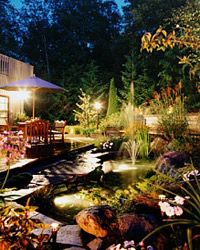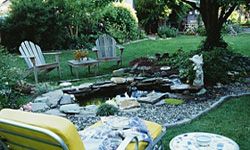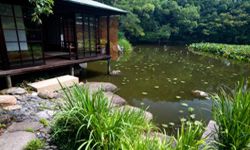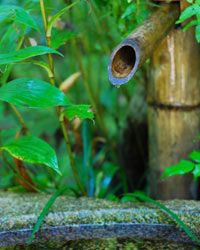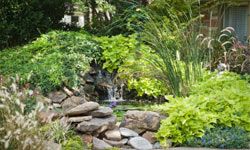Key Takeaways
- Small water features like fountains, miniature ponds and birdbaths can significantly enhance outdoor living spaces, providing beauty and tranquility without the need for substantial investments.
- Options for small water features are diverse, ranging from water fountains that can be an accent to gardens or patios, to miniature ponds that support aquatic life and add a serene element to your backyard.
- Implementing a water feature in your garden or patio not only adds aesthetic value but also creates a relaxing atmosphere.
Lately, it seems like outdoor living is all the rage. Especially when the weather's warm, you probably like going to cookouts and pool parties, or even just sitting on the patio to watch the sunset. You might even know someone with a pool or garden, if you don't have one yourself. If you've been considering ways to enhance your outdoor space this year, installing a small water feature might be a great way to go.
A small water feature can be many things -- a fountain, waterfall, rock pond or birdbath. It can take many forms and use flowing or standing water to enhance an outdoor area.
Advertisement
Small water features are a surefire way to give your space a little something extra without necessarily spending a lot of money. Not only are they beautiful, but these additions will offer you and your guests a nice, tranquil and relaxing outdoor space.
Read on for more ideas for small water features that you can build right in your backyard.
